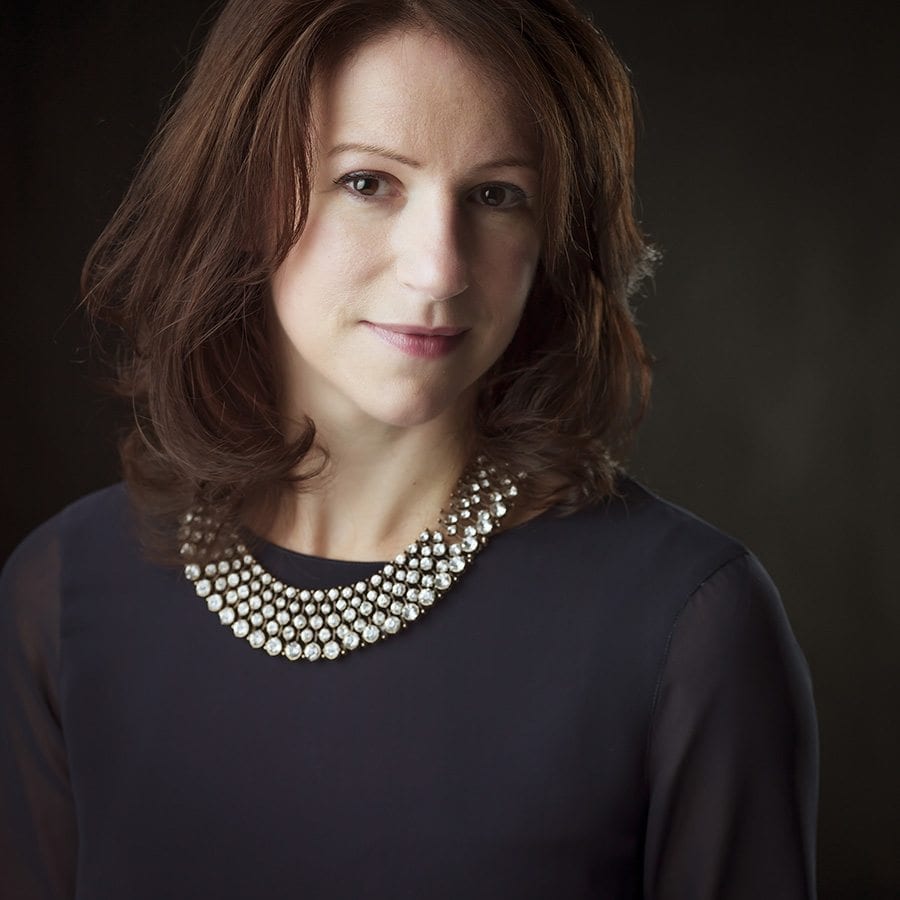
Hazel Gaynor’s debut novel The Girl Who Came Home—A Novel of the Titanic—was a New York Times and USA Today bestseller and was awarded the 2015 Historical Romantic Novel of the Year award by the Romantic Novelists’ Association. Her second novel A Memory of Violets, also hit the New York Times bestseller list and her third, The Girl from the Savoy was an Irish Times and Globe & Mail Canada bestseller. The book was also a finalist for the 2016 Irish Book Awards Popular Fiction Book of the Year. Hazel was also a contributing author to WWI anthology Fall of Poppies: Stories of Love and the Great War. Her novels have been translated into several languages.
Hazel was selected by US Library Journal as one of ‘Ten Big Breakout Authors’ for 2015 and was a WHSmith Fresh Talent selection in spring 2015. She was the recipient of the 2012 Cecil Day Lewis Award for Emerging Writers. As features writer for national Irish writing website writing.ie Hazel has interviewed Philippa Gregory, Sebastian Faulks, Kate Mosse, Jojo Moyes and Cheryl Strayed, among others.
Hazel’s next published works will be THE COTTINGLEY SECRET (August 2017) and LAST CHRISTMAS IN PARIS (October 2017). Originally from England, Hazel now lives in Ireland with her husband and two children. She is represented by Michelle Brower of Aevitas Creative, New York.
For more information visit www.hazelgaynor.com
about THE COTTINGLEY SECRET

1917…. In a world torn apart by war, Frances Griffiths arrives in Cottingley, England where her cousin, Elsie Wright, becomes her friend and playmate. But Frances soon discovers other, secret friends … When the cousins claim to have photographed real fairies at the bottom of the garden their parents are skeptical, but the photos come to the attention of Sir Arthur Conan Doyle who declares them a marvel and entirely authentic. The ‘Cottingley Fairies’ – and the girls – become a national sensation. Afraid to tell the truth, Frances and Elsie will keep their secret for decades …
Present day . . . When Olivia Kavanagh inherits her grandfather’s bookshop in a small Irish harbor town, she discovers far more than dusty old books. An old manuscript tells an enchanting story of a nation gripped by fairy fever, and a hauntingly familiar photograph stirs painful memories of the past. Olivia begins to understand how Frances’ story intertwines with hers, connecting past to present . . . often blurring what is real, and what is imagined, along the way. While little girls might easily believe in fairies, can Olivia believe in herself?
